Painting the D&D: Purple Worm Part 3
July 23, 2013 by elromanozo
Video Sponsors: Wayland Games – Battle Foam
Time for the next stage of painting the Purple Worm from Gale Force Nine. We've all seen the ground work being lain down for this mighty paint job but in this part we really see the miniature pop and come to life.
Supported by (Turn Off)
Supported by (Turn Off)
Supported by (Turn Off)































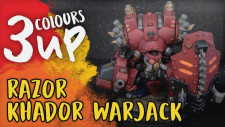

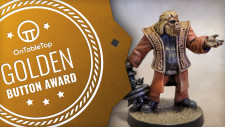


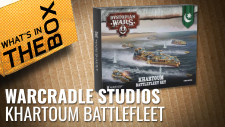




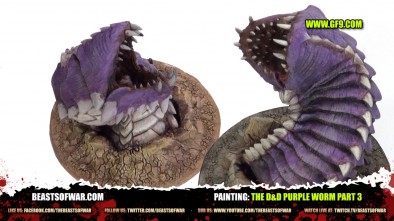


























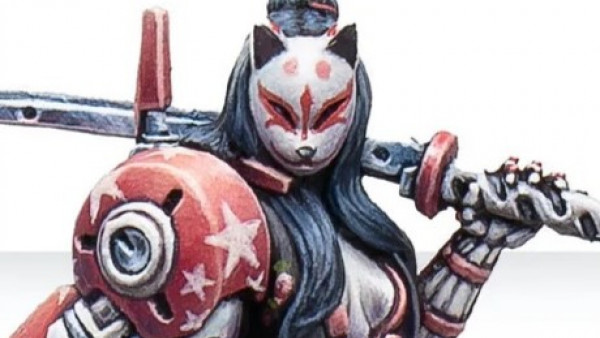
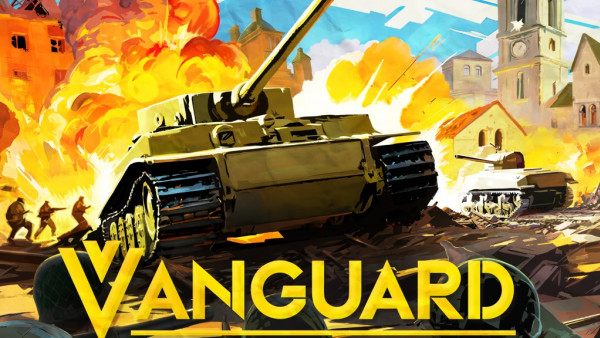
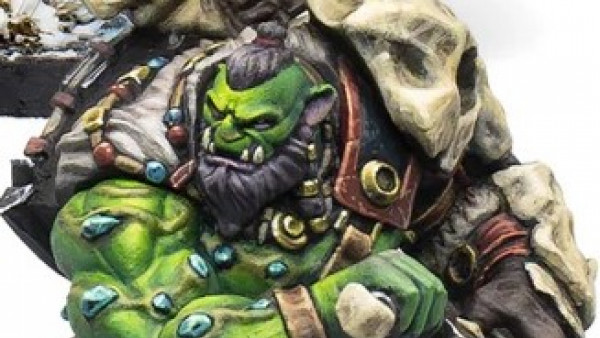
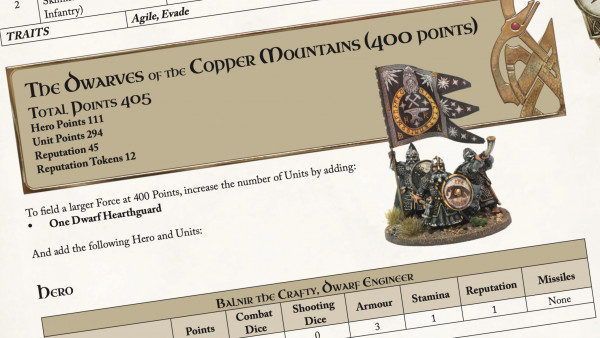

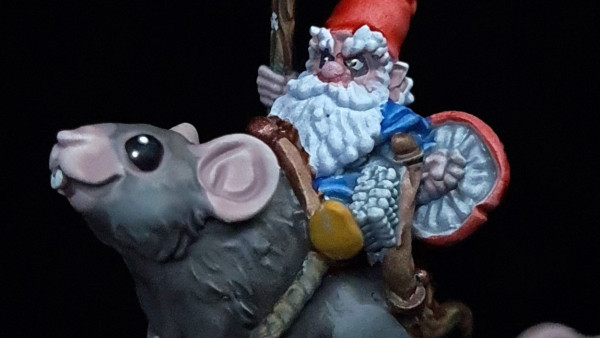


Hi Romain
Great video as ever. I was wondering if the washes you use throughout the worm are they just paint + water or do you use a medium?
Cheers and btw, great tattoo:)
Thanks for the kind words !
No medium here, just water, even when wet blending. I’m not stopping you from putting medium in your mixes if you want to, or if you need more time to work your blending (it’s perfectly all right, even for experts), but don’t put too much or it’ll take forever and a day to dry.
The tattoos are still expanding, by the way 😉
Another great series of videos. I might be giving the wet blending a go on some of the larger Reaper Bones figures. It looks great here.
Thanks ! That’s the idea.
Happy painting ! 🙂
Great videos the three!
Hope to see more from you Romain!
B.
Thanks b !
Hi again Romain!
Thank you for the reply. I asked about the medium because both GW (lahmian medium) and Vallejo both have mediums for washes in their ranges and I was thinking about giving them a go.
Oh…I just remebered: why not a video detailing the diferences between Wash, Glaze etc.? I don’t think you have ever done one these (I could, of course be wrong).
Any chance of a full pic of the tattoo? I’m going to start learning the art very soon and i’ve found yours to be great 🙂
Cheers and once again Thank you!
Thanks for your keen interest ! I’ve answered that question about washes and glazes before, but never in a video. A wash is a mix of paint diluted with either water, medium, or an even more surfactant product. The purpose of this dilution, in a wash, is for the pigments to slip into the crevices of the miniature, thus achieving a kind of shading. The wash is usually to be applied in the creases or the miniature, on a single surface (trusting the pigments to shade that surface in its nooks and crannies) or all over the miniature (in which… Read more »
Thank you so much Romain! You are THE MAN!!!! Looking forward to your next videos and why not…your next needloework:D
cheers!